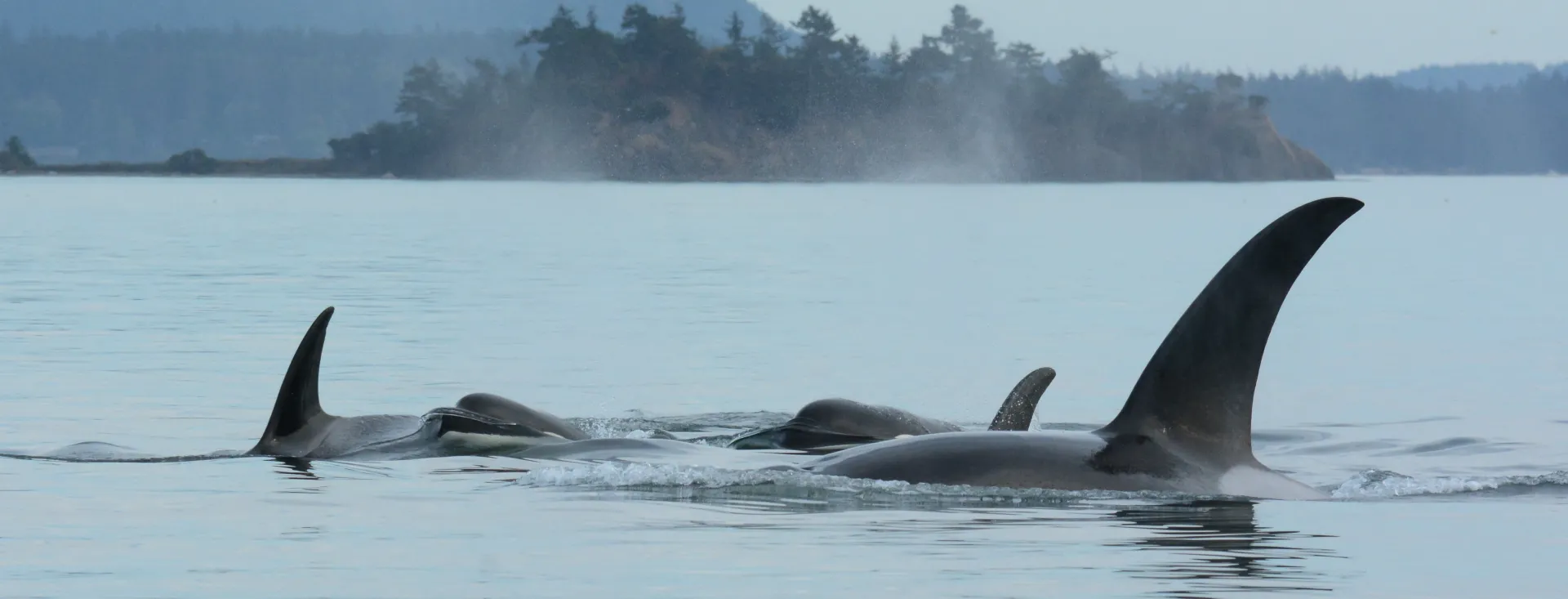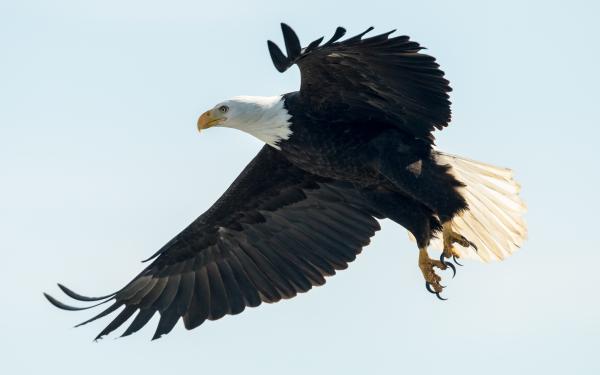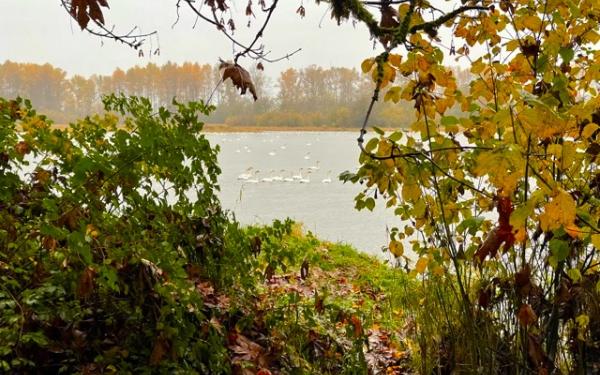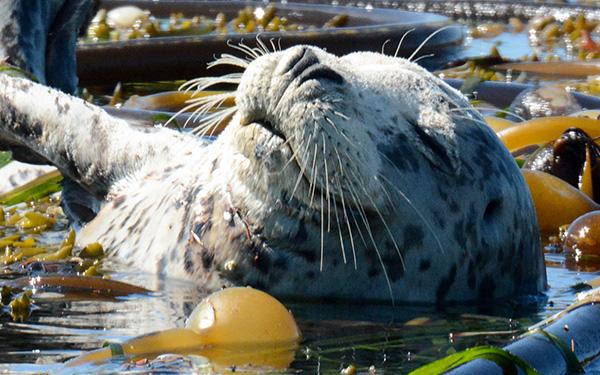
Top Ten Winter Wildlife to Watch on San Juan Island
Birding and wildlife watching is absolutely fantastic on San Juan Island in winter. The isle is quiet and uncrowded and lays in the Pacific Flyway for migratory birds. Add to that a visit to the Lime Kiln State Park, one of the best places to see Orcas from land on earth--combined with the fact that San Juan lays in the Olympic Rain Shadow and enjoys roughly half as much rain as Seattle--and you have a venturesome winter getaway which practically plans itself! Here are the cute and colossal critters you may see:
1. Orcas
These mammal eating transient killer whales, who travel in small family groups, live year-round in the Salish Sea surrounding San Juan Island. Besides the iconic Lime Kiln State Park, a good place to keep your eyes out for the majestic Blackfish are the cliffs above South Beach in American Camp National Historical Park.
2. Bald Eagles
There are 89 nesting pairs of Bald Eagles in San Juan County. Bald Eagles mate for life and keep raising their chicks in the same nest. Keep an eye out for those nests which are on average eight feet wide, thirteen feet deep and weigh over a thousand pounds! Look for those awe-inspiring raptors around Deadman Bay, Mt Grant and Mt Young.

3. Trumpeter Swans
The beautiful Trumpeter Swans, the heaviest flying, and loudest birds in North America, grace us with their presence in winter. They fly all the way from Minto Flats Game Refuge in Alaska - 2,200 miles away - to our Zylstra Lake Preserve, reminding us in such a dignified way how we are all connected.
4. Red Foxes
First introduced to San Juan Island to help mitigate the European bunny problem in the early 20th century, Red Foxes are a familiar sight on the prairie above South Beach ever since. They come in all kinds of colors and are a joy to watch. Like with all wildlife, please be an ethical visitor. Keep your distance and never feed a fox.

5. Steller Sea Lions
As large as Grizzly Bears, Stellers are quite a sight (and smell, if you are close enough). It is very entertaining to watch them interact. Follow their unique bark and find them lounging on off-shore rocks by the 4th of July Beach and the lagoons in American Camp National Historical Park.
6. River Otters
Find these semi-aquatic cuties along the shoreline at American Camp National Historical Park as well as Lime Kiln State Park. While having excellent sight in murky and dark waters, otters are extremely nearsighted on land. All the more reason to (please) keep your dog on a leash in these precious wildlife habitats.
7. Peregrine Falcon
The Peregrine Falcon is the fastest bird in the world, reaching up to 200mph when diving from great heights towards its prey. They are so fast they even prey on hummingbirds. Peregrines nest on top of steep cliffs and can be observed all around the island, but especially in San Juan Island’s southern tip.
8. Blacktail Deer
Native Blacktail Deer are the largest mammal on the island. While seeing deer in the Pacific Northwest may not seem particularly special, there is nothing more tender than peacefully and from a safe distance, sharing a beach with mom and Bambi.
9. Harbor Seals
Meander through the American Camp prairie to Grandma’s Cove to find these darlings with their silver fur and dark spots sleeping in the sun. Whether on land or water, always stay at least 100 yards away. If even one seal lifts its head and looks at you, then you are too close.
10. Great Horned Owls
The largest of San Juan Island’s owl species nest at English Camp National Historical Park and are easily recognized by their familiar “hoot”. Although nocturnal, Great Horned Owls are sometimes seen on top of trees or fence posts during the day. Identify a Great Horned Owls by the facial disk and the “horns”, which are tufts of feathers, who’s purpose are still not fully understood.

